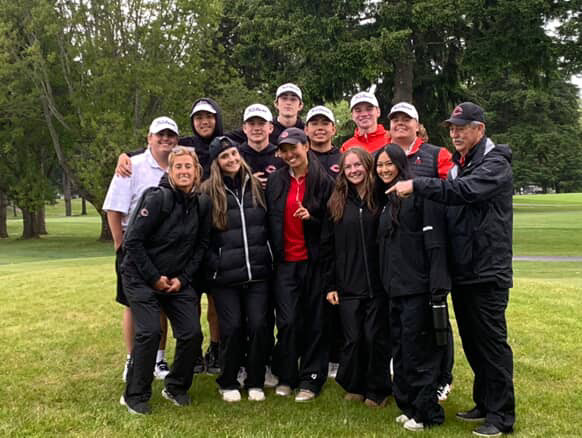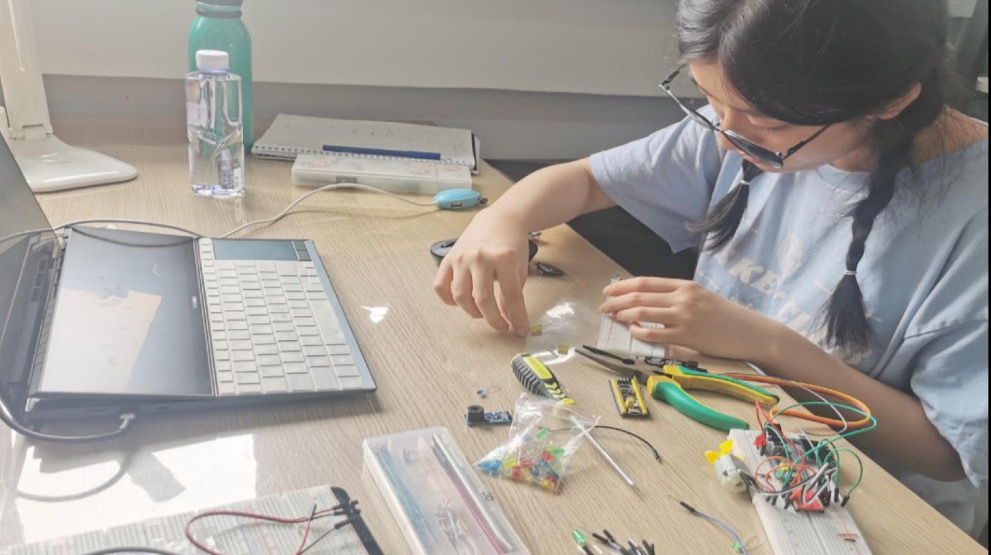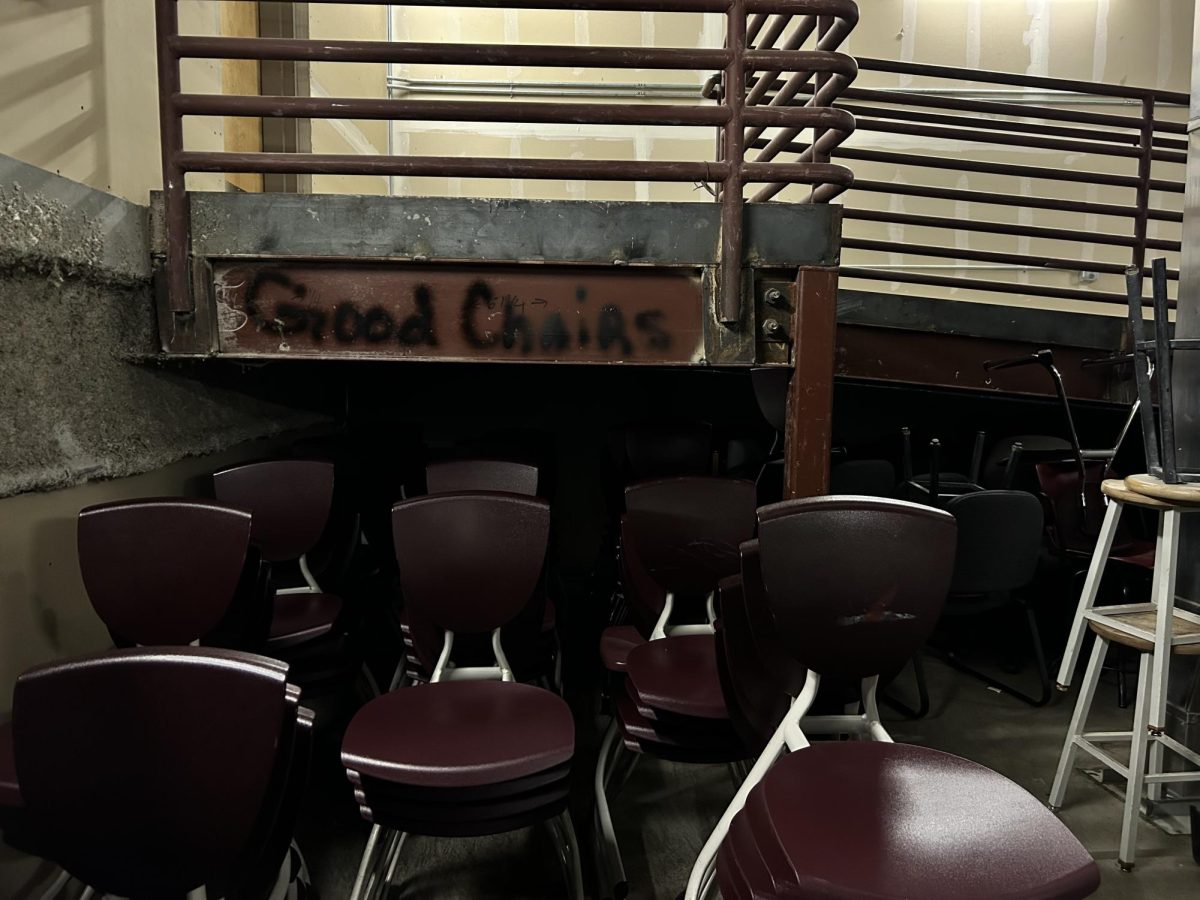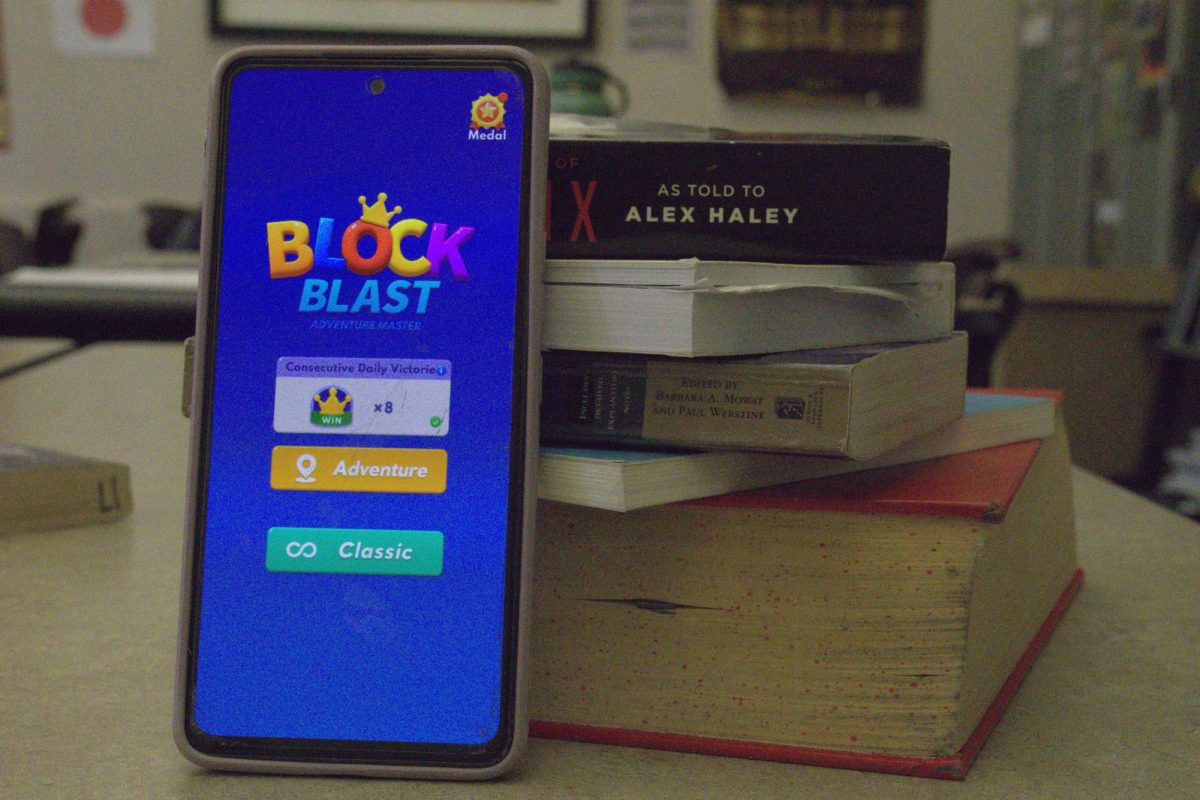Tucked behind a locked door on the main gym’s mezzanine, hundreds of chairs are stacked in heaps and piles around a tool-strewn workbench, some adorned with sticky notes or taped papers to custodians that say things like “broken” or “please replace.” Anytime a chair breaks, it goes to the graveyard. Many are missing their seats or backs. One swivel chair has been reduced to just a set of legs. Boxes of chair components, some broken, some not, rest on top of the stacks.
The Chair Graveyard of Camas High School (CHS) has many names; some refer to it as the Chair Cemetery, while others call it Chair Heaven. Although most students are unaware, most staff knows about the collection of broken chairs. What is the point of it? Why are the chairs not thrown out? What are they doing in a secluded storage room above the auditorium?
CHS is not a stranger to waste. The Camasonian has looked into the issue in the past, finding that students throw away massive amounts of trash.
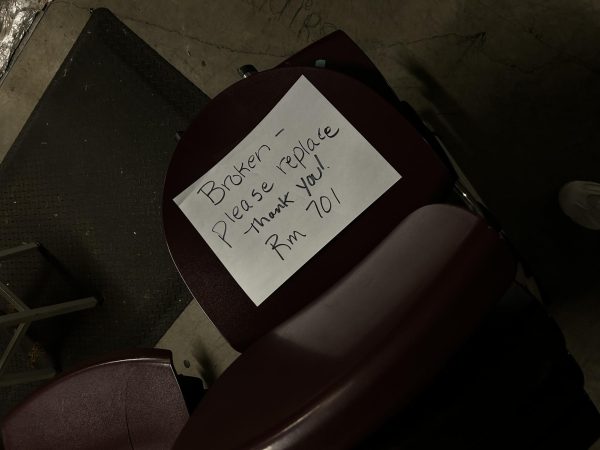
In fact, CHS custodian Cody Brown, who cleans the entire 100 wing and half of the 700 wing, said, “I know that, in just my section, I get a good four bags of garbage and at least two full bags of recycling.”
With that number for a wing and a half, it can be assumed that CHS is throwing out over 12 bags of classroom waste daily, not accounting for food waste or litter. A prominent cause of the waste is student snacks and lunches.
“When it’s food or wrappers, I notice a lot of [trash] being thrown away,” CHS junior Titan Brody said.
“I throw away [the Lunchbox drinks], and I get those every other day,” CHS student Asa Rich said.
What can be done about more complex waste, such as computers?
“We get 10 to 15 [computer problems] a day, at least,” CHS Librarian Tonia Albert said. “Over half of them, we can fix quickly.”
What about the “warranty-issued” Chromebooks? The tech that cannot be fixed?
“[Warranty-issued Chromebooks] are usually just parted out and sent down to tech for them to fix. Maybe the screen’s intact, in which case they can replace another Chromebook’s screen. Or, if the keyboard looks good, they can use that on another computer that might need it,” Albert said.
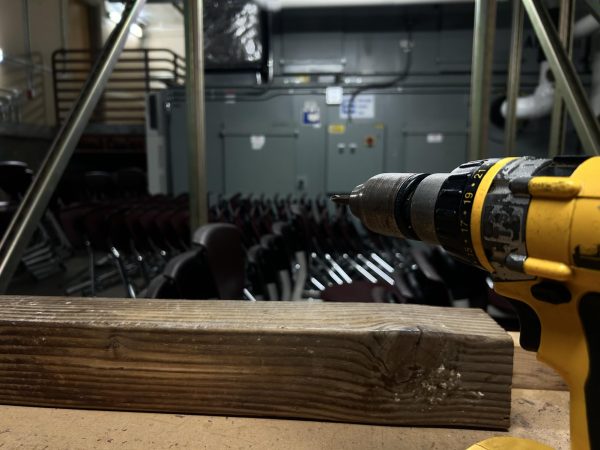
The tech department for the Camas School District (CSD) has a similar strategy to that of Insight Financial, the company from which CSD leases its devices. After the three-year lease period is over, the devices are turned back to Insight, who takes broken components and reuses them to save money on purchasing new technology. Insight can then remarket previously damaged devices, making for 98.8% of devices remarketed.
This way of thinking goes back to the Chair Graveyard. When the seat or back of a chair breaks, the chairs are taken to the Chair Graveyard not to be dumped, but to be rebuilt and reused by the school. This process has been in effect for a long time – some of the chairs being rebuilt inside the Chair Graveyard are older than the CHS building itself.
The chair rebuilding process is not motivated just by sustainability. If last year’s budget cuts and subsequent summer strike can tell anything, it is that funding can be tight for public schooling. By reconstructing damaged chairs, the district has found a way to save money that would otherwise have been spent on new furniture sets by simply reusing old furniture.
Whether or not this bears examination on funding for school supplies is a different discussion; for now, the chairs at CHS will continue their strange circle of life until what is left of them rests in the Chair Graveyard.


